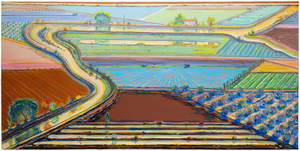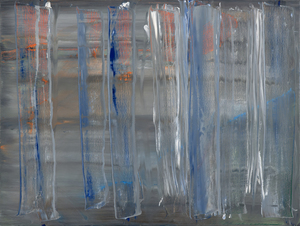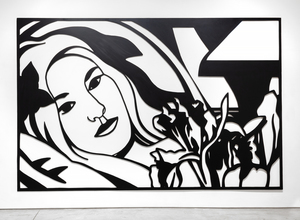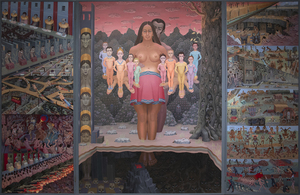
JULIA JACKSON
Leitender Direktor
New York
Julia Jackson ist in New York und Connecticut ansässig. Seit sie bei Heather James tätig ist, hat sie Einlieferungen gesichert und beim Aufbau bedeutender Privatsammlungen mit wichtigen Künstlern wie Alexander Calder, Richard Diebenkorn, Camille Pissarro, Alfred Sisley, Robert Motherwell, William Baziotes, Roy Lichtenstein, Andy Warhol und Tom Wesselmann geholfen. Julia erhielt ihren B.A. vom Rollins College. Sie ist Junior Associate am Museum of Modern Art und Mitglied von Soho House.
HEATHER JAMES FINE ART - NEW YORK hat sich zu einer wertvollen Ressource für lokale Kunden entwickelt und bietet eine breite Palette an Unterstützung und Hilfe für eine große Bandbreite an Objekten. Mit Hilfe der Experten von Heather James Fine Art sind unsere Vertreter in der Lage, Ihnen zu helfen, wenn Sie Fragen zum Kauf oder Verkauf haben oder ein Objekt aus Ihrer Sammlung schätzen lassen möchten.
Wir bieten eine breite Palette von kundenorientierten Dienstleistungen an, darunter Nachlass- und Steuerplanung, Inkassomanagement, Gutachten, Logistikmanagement, Akquisitionen und Finanzdienstleistungen.
IN DEN NACHRICHTEN
DIENSTLEISTUNGEN
Heather James Fine Art bietet eine breite Palette von kundenorientierten Dienstleistungen, die auf Ihre spezifischen Bedürfnisse zugeschnitten sind. Unser Operations-Team besteht aus professionellen Kunsthändlern, einer kompletten Registrierungsabteilung und einem Logistikteam mit umfangreicher Erfahrung im Bereich Kunsttransport, Installation und Sammlungsmanagement. Mit einem weißen Handschuhservice und einer persönlichen Betreuung geht unser Team noch einen Schritt weiter, um unseren Kunden außergewöhnliche Kunstleistungen zu bieten.
KENNENLERNEN
GALERIEN
45188 Portola Avenue
Palm Desert, CA 92260
(760) 346-8926
Öffnungszeiten: Nach Vereinbarung
172 Center Street, Suite 101
P.O. Box 3580
Jackson Hole, WY 83001
(307) 200-6090
Öffnungszeiten: Nach Vereinbarung

































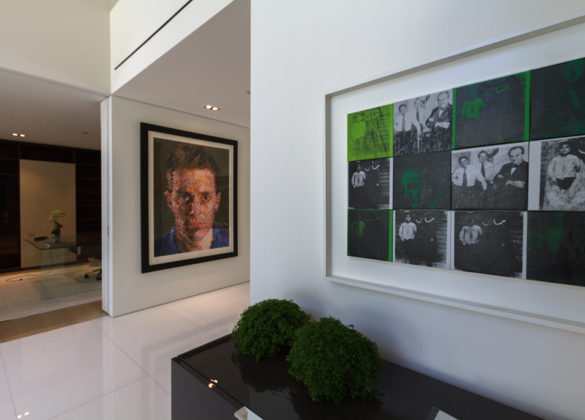
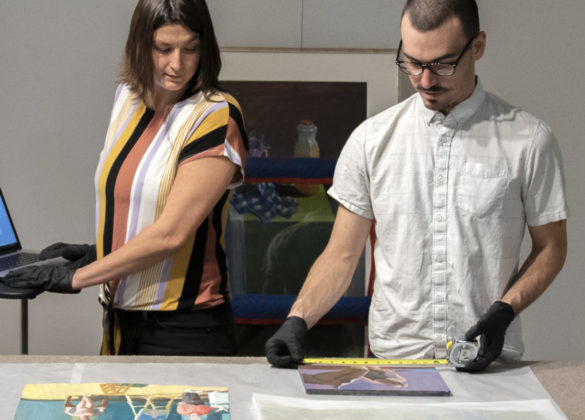









,_new_mexico_tn40147.jpg )
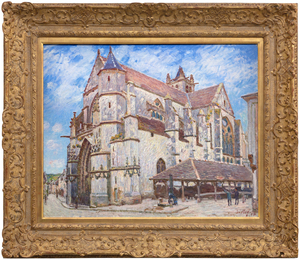
_tn43950.jpg )
